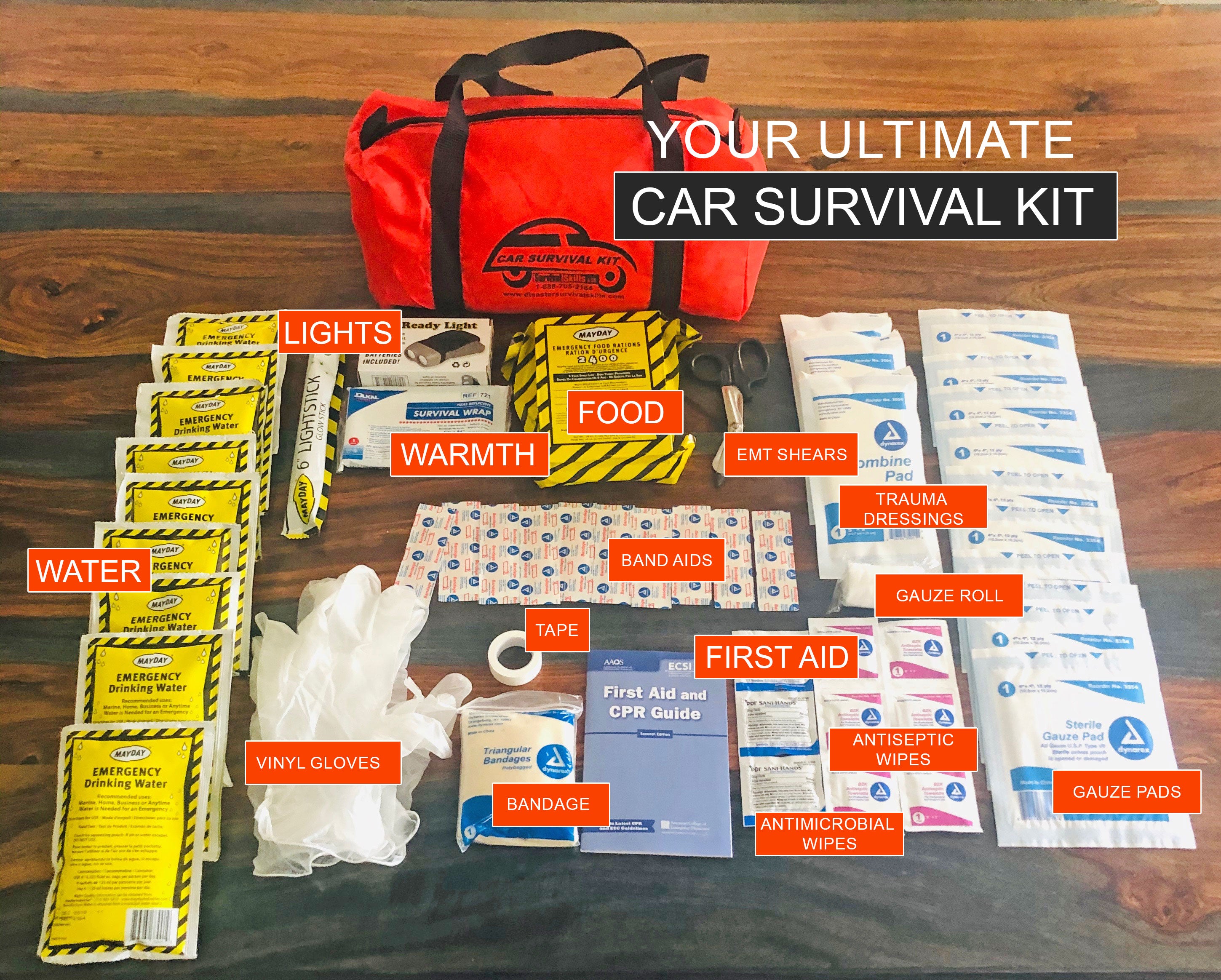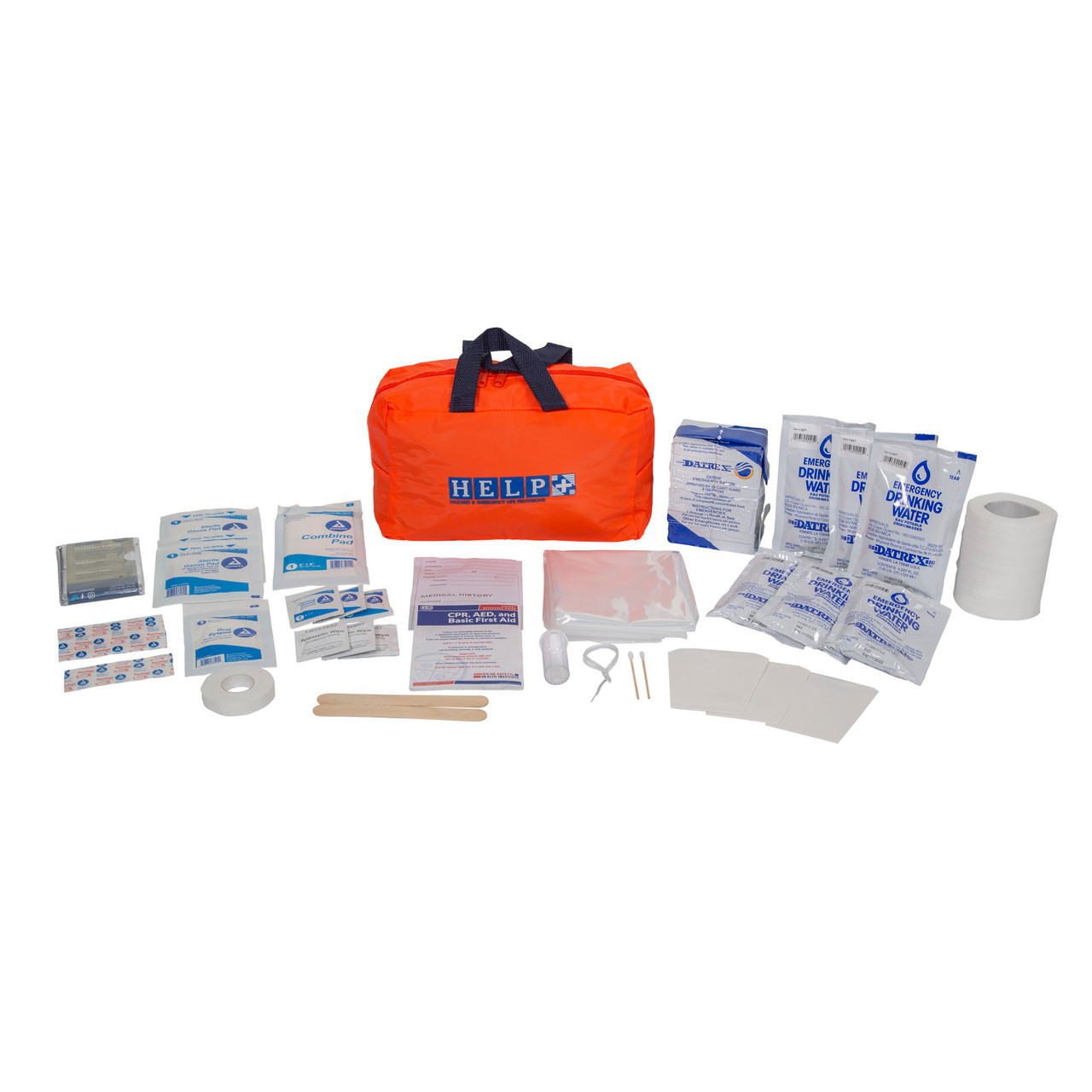Plan for the Unanticipated: Emergency Preparedness Facilitated
Plan for the Unanticipated: Emergency Preparedness Facilitated
Blog Article
Mastering the Art of Emergency Readiness: Specialist Tips
Whether it be a natural calamity, a clinical emergency situation, or a sudden crisis, being prepared can make a considerable difference in the result. Grasping the art of emergency situation preparedness needs a combination of understanding, planning, and calculated reasoning.
Importance of Emergency Readiness
Emergency readiness is a critical facet of guaranteeing the security and well-being of people and areas when faced with unpredicted calamities and emergencies. EMERGENCY PREPAREDNESS. Being prepared can considerably minimize the impact of natural disasters, mishaps, or various other dilemmas that may develop. By having a well-thought-out emergency plan in position, individuals and communities can react efficiently, possibly minimizing and saving lives damages
One key reason that emergency situation readiness is essential is that it assists in minimizing panic and confusion during a crisis. They are much more likely to continue to be calm and make sensible choices in stressful situations when people are aware of what to do and have practiced emergency treatments in advance. This can cause a more organized and effective response, helping in the defense of lives and home.
Furthermore, emergency situation preparedness fosters durability within communities. By investing time and sources right into readiness procedures such as training, drills, and infrastructure improvements, communities can get better much more rapidly after a catastrophe. This durability is important for long-lasting healing and sustainability, guaranteeing that neighborhoods can endure future emergencies.

Building a Comprehensive Emergency Situation Strategy
Due to the vital role emergency situation readiness plays in reducing the impact of calamities and promoting community strength, the foundation for effective feedback depends on building a thorough emergency strategy. EMERGENCY PREPAREDNESS. A detailed emergency strategy works as a roadmap for areas and organizations to effectively coordinate sources, respond to situations, and guarantee the safety and security and wellness of people during emergency situations
Developing clear interaction methods makes certain that details is shared successfully throughout emergency situations, assisting in prompt decision-making. Routine training and drills assist familiarize individuals with emergency situation treatments, making certain a swift and reliable action when a dilemma happens. Ultimately, an extensive emergency strategy is crucial in improving preparedness, reaction capabilities, and total strength in the face of catastrophes.
Vital Materials and Resources
When preparing for possible calamities, making sure access to important supplies and sources is vital for efficient emergency feedback and durability. Stocking up on non-perishable food things such as canned products, protein bars, and completely dry goods is crucial to maintain individuals and families throughout times of crisis when accessibility to fresh food may be restricted (additional hints). In addition, preserving an enough water supply, with a minimum of one gallon per individual daily for a minimum of 3 days, is important for hydration and cleanliness demands
Basic medical supplies including plasters, bactericides, drugs, and an emergency treatment kit are crucial for attending to injuries and ailments that may occur during emergencies. It is likewise essential to have a hand-crank or battery-powered radio to remain educated concerning the scenario and obtain updates from authorities. Flashlights with extra batteries, a multi-tool, and coverings should also be included in emergency supply packages to give light, help in navigating, and make certain heat and convenience. By proactively collecting these necessary products, people can much better furnish themselves to deal with unexpected obstacles with preparedness and resilience.

Communication Methods During Emergencies
Efficient interaction techniques play a vital duty in making certain timely and exact dissemination of information throughout emergencies. Concise and clear interaction is essential for collaborating action initiatives, supplying instructions to the public, and keeping every person educated concerning the advancing situation.
Throughout emergencies, it is very important to assign an agent or a main interaction group to ensure consistency in messaging and avoid confusion. This designated individual or team ought to be well-trained in crisis communication and efficient in providing information in a calm and encouraging manner. Additionally, establishing a system for two-way communication can help collect real-time responses from the influenced people and resolve their requirements much more efficiently.
Furthermore, utilizing technology such as emergency situation notice systems and communication apps can streamline the visit circulation of essential details and facilitate fast reaction efforts. By applying these interaction organizations, areas and methods can enhance their emergency situation readiness and response capacities, eventually conserving lives and lessening the impact of disasters.
Training and Method for Readiness
An important aspect in ensuring readiness for emergencies is the execution of routine training and method sessions to improve feedback capabilities and readiness - see this. Via consistent training, emergency responders can familiarize themselves with methods, equipment operation, and decision-making processes, eventually enhancing their performance throughout crises
Training sessions should imitate reasonable emergency situations to supply -responders with hands-on experience in a regulated setting. These simulations permit people to exercise their functions, test communication systems, and determine areas for improvement without the pressure of a real emergency.
Normal drills and workouts additionally assist groups develop cohesion and coordination, guaranteeing that everyone understands their duties and can function with each other effortlessly when confronted with a crisis. Additionally, debriefing sessions adhering to training workouts enable useful feedback and the possibility to find out from any type of mistakes made.
Conclusion
To conclude, understanding the art of emergency preparedness calls for a detailed plan, important products, efficient communication strategies, and normal training. By prioritizing preparedness and taking positive steps, people and neighborhoods can better reply to emergency situations and reduce potential dangers - EMERGENCY PREPAREDNESS. It is essential to remain notified, remain prepared, and continuously enhance emergency feedback techniques to ensure the security and well-being of all individuals entailed

In conclusion, mastering the art of emergency preparedness needs a detailed strategy, necessary products, reliable interaction approaches, and normal training.
Report this page